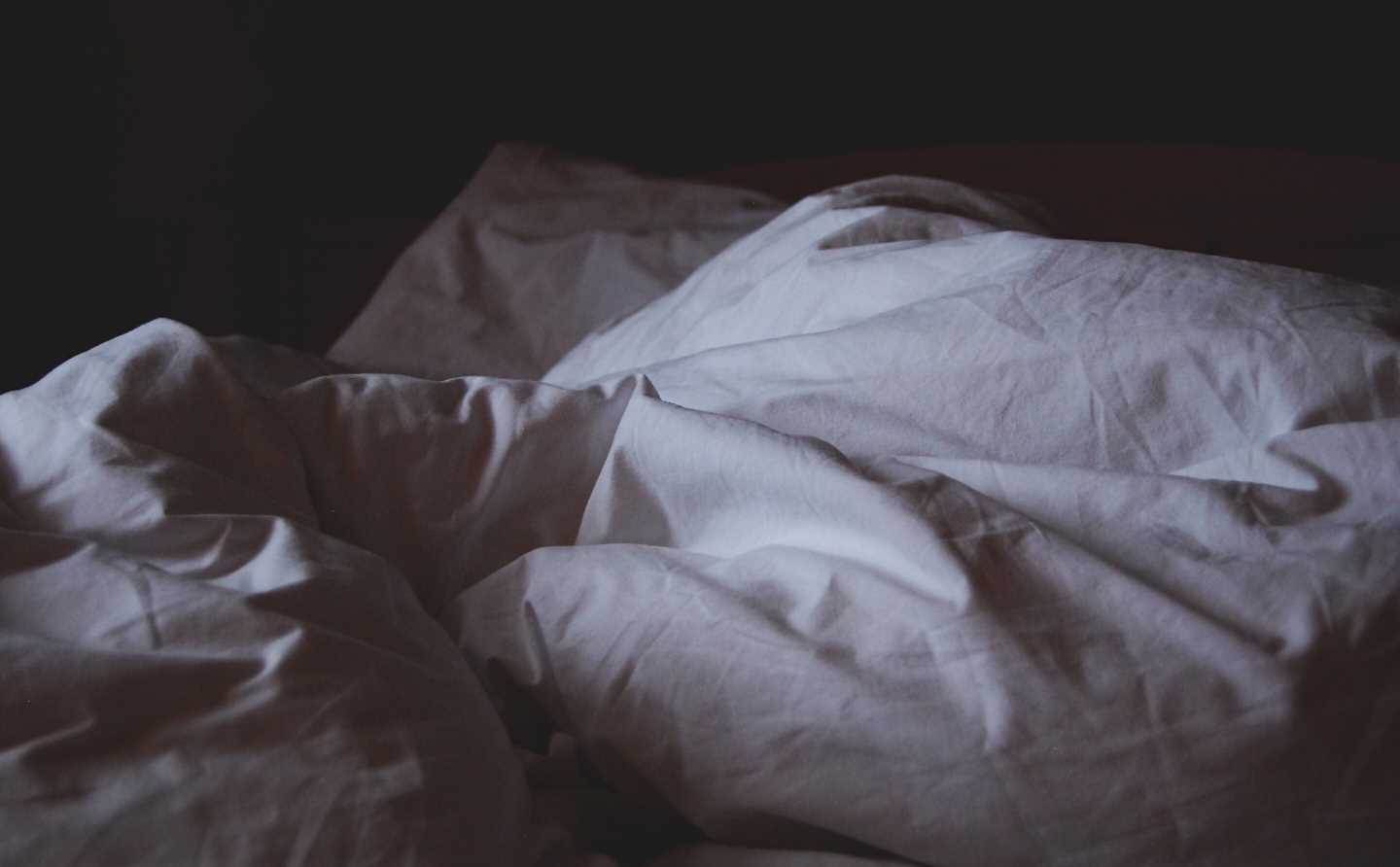
A new clinical practice guideline developed by the American Academy of Sleep Medicine provides recommendations for the management of REM sleep behavior disorder in adults.
The guideline, available online as an accepted paper in the Journal of Clinical Sleep Medicine, updates the AASM’s previous guidance published in 2010. Several clinical trials conducted in the last decade have contributed new evidence to the published literature, providing additional support for the recommendations.
“REM sleep behavior disorder is common, affecting more than 80 million people worldwide,” said lead author Dr. Michael Howell, chair of the AASM task force and a professor and division head of sleep medicine in the department of neurology at the University of Minnesota in Minneapolis.
“This clinical practice guideline provides clinicians with insight on how best to prevent sleep-related injury and how to provide patients with a risk assessment for neurological disease. The task force assembled by the AASM diligently reviewed thousands of clinical studies to provide an up-to-date guideline for clinicians managing REM sleep behavior disorder.”
REM sleep behavior disorder is classified as a parasomnia, a group of sleep disorders involving undesirable physical events or experiences that happen while falling asleep, sleeping, or waking from sleep. REM sleep is characterized by rapid eye movements and dream activity, and it normally involves skeletal paralysis. This paralysis—or muscle atonia—is lost in REM sleep behavior disorder, causing individuals to act out their dreams with potentially injurious behaviors.
These dreams tend to be unpleasant, action-filled, or violent, with the dreamer being confronted, attacked, or chased by unfamiliar people or animals. The symptoms of REM sleep behavior disorder are often ignored for years, usually until an injury occurs to the dreamer or the bed partner. REM sleep behavior disorder often occurs due to an underlying neurological disorder, such as dementia with Lewy bodies, Parkinson’s disease, multiple system atrophy, narcolepsy, or stroke.
The guideline provides recommendations for specific medications, such as clonazepam and immediate-release melatonin, that clinicians should consider when treating REM sleep behavior disorder in adults. All of the recommendations are conditional, requiring the clinician to use clinical knowledge and experience, and to strongly consider the patient’s values and preferences, to determine the best course of action. Treatment options also depend on whether the case of REM sleep behavior disorder is isolated, secondary to another medical condition, or drug induced.
The guideline also emphasizes the need for patients to maintain a safe sleeping environment to prevent injuries while sleeping. The guideline suggests removing bedside objects that could easily injure someone while asleep. Sharp furniture should be moved away, or their edges should be padded; a soft carpet or mat should be placed next to the bed in case of sudden falls. To reduce the risk of injuries, people with severe REM sleep behavior disorder should be advised to sleep separately from their partners until treated.
To develop the guideline, the AASM commissioned a task force of sleep medicine clinicians with expertise in REM sleep behavior disorder. They crafted the clinical practice recommendations based on a systematic review of the literature and an assessment of the evidence according to the GRADE process, taking into consideration the quality of evidence, beneficial and harmful effects, patient values and preferences, and resource use.
The guideline was endorsed by the International RBD Study Group, Project Sleep, and Wake Up Narcolepsy, and it was affirmed by the American Academy of Neurology and the American Geriatrics Society.
More information:
Michael Howell et al, Management of REM sleep behavior disorder: an American Academy of Sleep Medicine clinical practice guideline, Journal of Clinical Sleep Medicine (2022). DOI: 10.5664/jcsm.10424
Journal information:
Journal of Clinical Sleep Medicine
Source: Read Full Article
